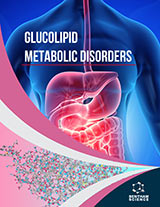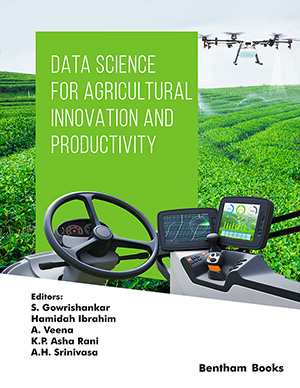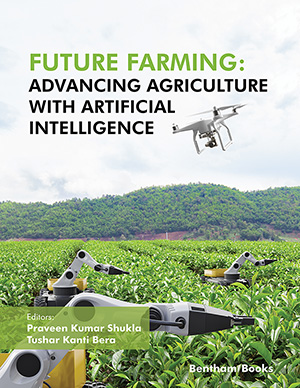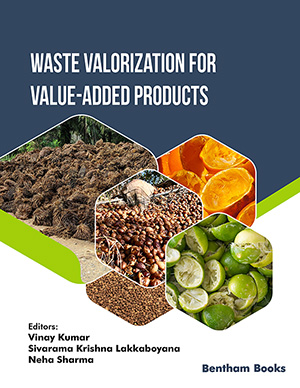Abstract
In organic synthesis, carbon-carbon bond formation is the fundamental transformation to create the carbon backbone of organic molecules and this key reaction is very popular in the improvement of organic chemistry, which exists at the bottom of the heart of the chemical sciences. The Baker- Venkataraman rearrangement has received great attention in the formation of 1,3-diketones through the regioselective construction of carboncarbon bonds. This rearrangement is an important type of chemical transformation in which the intramolecular migration of the ester acyl group takes place to provide 1,3-diketones in the presence of the base. Generally, 1,3-diketones or ortho-hydroxydibenzoylmethane derivatives undergo cyclization to provide the corresponding flavones in the presence of concentrated sulfuric acid. The Baker-Venkataraman rearrangement is frequently employed in the preparation of flavones and chromones. Besides, anthrapyran and anthracyclin antibiotics, benzopyrans, coumarins, xanthones, etc., are also synthesized with the help of these reactions. This review deals with the brilliant application of the Baker-Venkataraman rearrangement in the synthesis of promising organic compounds.
Keywords: C-C bond construction, Organic synthesis, Ester acyl migration, Natural products, O-heterocycles, Organic molecules.
Current Indian Science
Title:Applications of Baker-venkataraman Rearrangement in the Synthesis of Promising Organic Molecules
Volume: 2
Author(s): Sasadhar Majhi*
Affiliation:
- Department of Chemistry (UG & PG Dept.), Triveni Devi Bhalotia College, Kazi Nazrul University, Raniganj, West Bengal-713347, India
Keywords: C-C bond construction, Organic synthesis, Ester acyl migration, Natural products, O-heterocycles, Organic molecules.
Abstract: In organic synthesis, carbon-carbon bond formation is the fundamental transformation to create the carbon backbone of organic molecules and this key reaction is very popular in the improvement of organic chemistry, which exists at the bottom of the heart of the chemical sciences. The Baker- Venkataraman rearrangement has received great attention in the formation of 1,3-diketones through the regioselective construction of carboncarbon bonds. This rearrangement is an important type of chemical transformation in which the intramolecular migration of the ester acyl group takes place to provide 1,3-diketones in the presence of the base. Generally, 1,3-diketones or ortho-hydroxydibenzoylmethane derivatives undergo cyclization to provide the corresponding flavones in the presence of concentrated sulfuric acid. The Baker-Venkataraman rearrangement is frequently employed in the preparation of flavones and chromones. Besides, anthrapyran and anthracyclin antibiotics, benzopyrans, coumarins, xanthones, etc., are also synthesized with the help of these reactions. This review deals with the brilliant application of the Baker-Venkataraman rearrangement in the synthesis of promising organic compounds.
Export Options
About this article
Cite this article as:
Majhi Sasadhar*, Applications of Baker-venkataraman Rearrangement in the Synthesis of Promising Organic Molecules, Current Indian Science 2024; 2 : e2210299X320975 . https://dx.doi.org/10.2174/012210299X320975240612063326
| DOI https://dx.doi.org/10.2174/012210299X320975240612063326 |
Print ISSN 2210-299X |
| Publisher Name Bentham Science Publisher |
Online ISSN 2210-3007 |
Call for Papers in Thematic Issues
Advancements in Sustainable Synthesis and Material design towards Greener Chemistry
The thematic issue "Advancements in Sustainable Synthesis and Material design towards Greener Chemistry" explores innovative approaches towards environmentally sustainable practices in organic synthesis and material development. It encompasses a broad spectrum of research, including the design of green synthesis methods that minimize waste and energy consumption, the utilization of renewable ...read more
Herbal Medicine as Anti-infective Agents
The extensive inappropriate irregular and indiscriminate use of antibiotics are the main drivers in the development of antimicrobial resistance (AMR), making many currently available medications ineffective. As per the World Health Organization (WHO), this emerging trend is concerning and considered to be the most urgent issue facing by the medical ...read more
Production, Storage, Shelf-life and Safety Parameters of Natural Products based drugs
During COVID-19 herbal medicines got their original recognition and help to fight against pandemic, which realized the strength on traditional medicine system. The major problems behind the herbal drugs are Shelf-life issues, heavy metal ions, Pesticides, Aflatoxins in raw drugs and formulations. This thematic issue will be the collection of ...read more
Thematic Issue on Unleashing the Potential: Diverse Therapies and Innovative Drug Delivery Systems for Targeting Different Diseases
Delivery systems for drugs have the potential to revolutionize the treatment of various diseases by enhancing drug efficacy, improving patient compliance, and reducing side effects. Review articles focusing on recent approaches and therapeutic applications of these systems can provide valuable insights to researchers and healthcare professionals. The aim of the ...read more
 1
1
- Author Guidelines
- Graphical Abstracts
- Fabricating and Stating False Information
- Research Misconduct
- Post Publication Discussions and Corrections
- Publishing Ethics and Rectitude
- Increase Visibility of Your Article
- Archiving Policies
- Peer Review Workflow
- Order Your Article Before Print
- Promote Your Article
- Manuscript Transfer Facility
- Editorial Policies
- Allegations from Whistleblowers
- Announcements




























